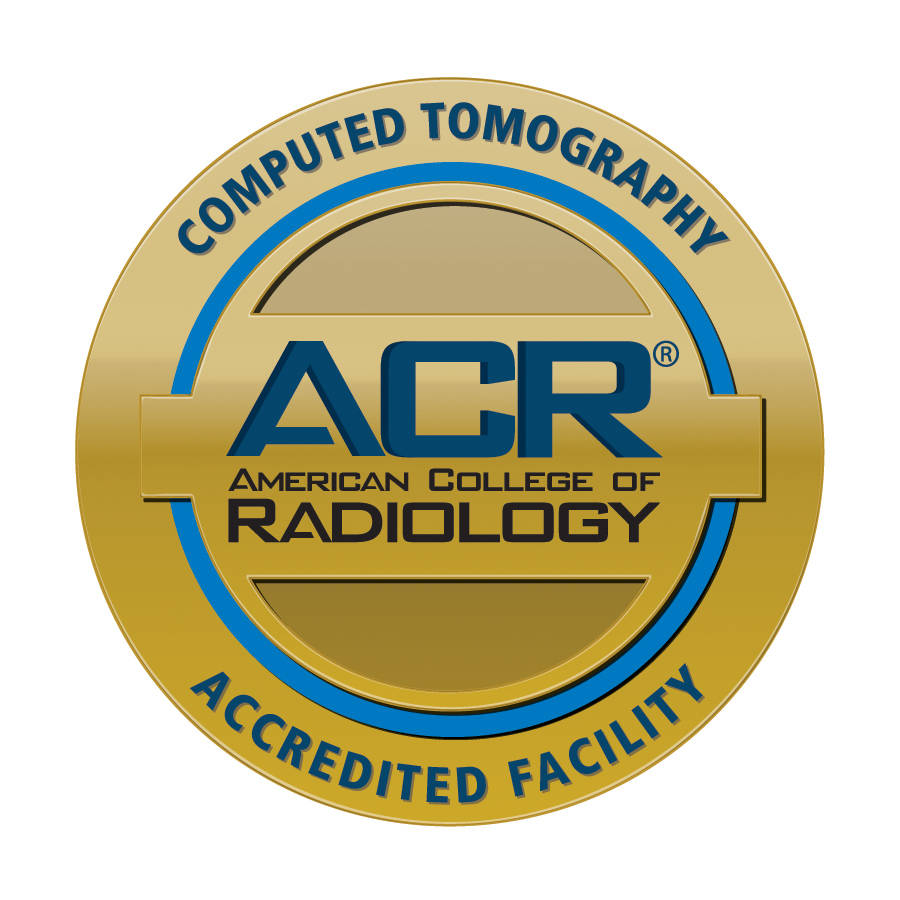When it comes to medical diagnostics, imaging techniques play a vital role in helping healthcare professionals identify and diagnose various conditions. These techniques utilize advanced technology to capture detailed images of the internal structures of the body, providing valuable insights into potential health issues. In this article, we will explore five common imaging techniques, explaining how they work and their applications in the field of medicine. Whether you're a medical professional or simply curious about these technologies, this comprehensive guide will give you a solid understanding of the basics. So, let's dive in!
X-ray imaging is one of the oldest and most widely used diagnostic techniques in medicine. It involves the use of low-dose radiation to create images of bones, tissues, and organs. X-rays work on the principle that different tissues absorb X-ray beams to varying degrees. Dense structures, such as bones, appear white on the X-ray film, while softer tissues, like muscles and organs, appear in shades of gray. X-ray imaging is commonly used to detect fractures, tumors, infections, and lung conditions like pneumonia. It is a quick and non-invasive procedure, making it an excellent choice for initial evaluations.
A CT scan combines X-ray technology with computer processing to produce detailed cross-sectional images of the body. It provides a three-dimensional view, allowing healthcare professionals to analyze structures from different angles. During a CT scan, a rotating X-ray machine takes multiple images, and a computer reconstructs them into detailed slices. CT scans are particularly useful in diagnosing complex conditions, such as tumors, blood clots, and internal injuries. They also help in guiding surgical procedures and monitoring treatment progress.
MRI is a non-invasive imaging technique that uses powerful magnets and radio waves to generate highly detailed images of the body's soft tissues. It is particularly adept at visualizing the brain, spinal cord, joints, and internal organs. Unlike X-rays and CT scans, MRI does not involve radiation exposure. Instead, it relies on the behavior of hydrogen atoms in the body when subjected to magnetic fields. The resulting images provide excellent contrast between different types of soft tissues, helping doctors identify abnormalities like tumors, neurological disorders, and joint injuries.
Ultrasound imaging, also known as sonography, utilizes high-frequency sound waves to create real-time images of the body's internal organs and structures. During an ultrasound examination, a handheld device called a transducer is placed on the skin, which emits sound waves that bounce off internal structures and return as echoes. These echoes are then converted into visual images. Ultrasound is commonly used for examining the abdomen, pelvic region, heart, and blood vessels. It is safe, non-invasive, and does not involve ionizing radiation, making it suitable for monitoring fetal development during pregnancy.
PET scans involve the injection of a small amount of radioactive material into the body, known as a radiotracer. The radiotracer emits positrons, which collide with electrons in the body and produce gamma rays. These gamma rays are then detected by a scanner, creating images that highlight areas with high cellular activity. PET scans are widely used in oncology to detect and stage cancers, assess treatment effectiveness, and identify potential metastases. They also play a crucial role in neurological evaluations, helping to diagnose conditions like Alzheimer's disease and epilepsy.
Connect with us to learn more about how the AV Imaging team can help!

